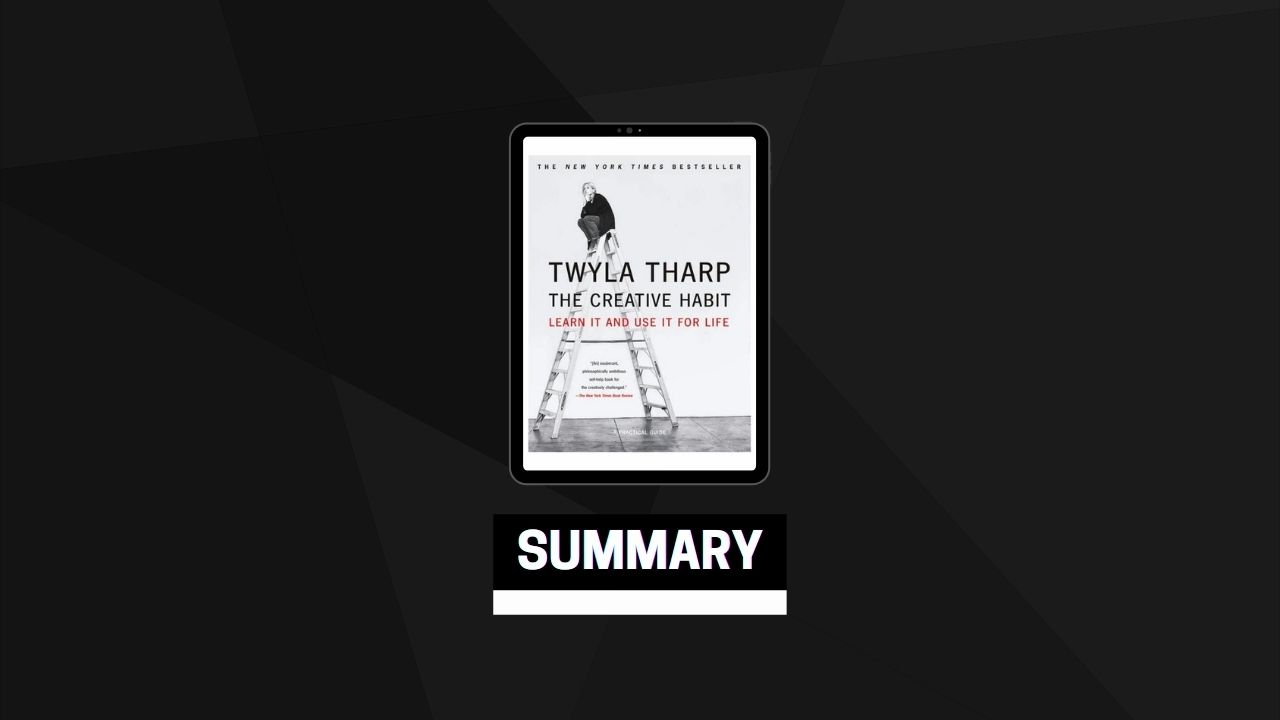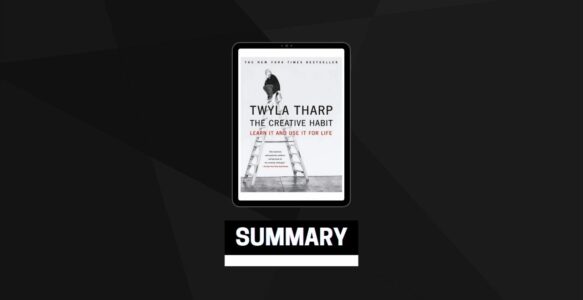#1 Where’s Your “Pencil”?
What is your pencil? What is the one tool that feeds your creativity and is so essential that without it you feel naked and unprepared?
A writer never leaves his apartment without reminding himself to “come back with a face.” Whether he’s walking down the street or sitting on a park bench or riding the subway or standing on a checkout line, he looks for a compelling face and works up a rich description of it in his mind. When he has a moment, he writes it all down in his notebook. Not only does the exercise warm up his descriptive powers, but studying the crags, lines, and bumps of a stranger’s face forces him to imagine that individual’s life. Sometimes, if he’s lucky, the writer attaches a complete biography to the face, and then a name, and then a narrative. Before he knows it, he has the ingredients for a full-fledged story.
Cartoonists who always carry pen and pad to sketch what they see, photographers who always have a camera in their pockets, composers who carry Dictaphones to capture a snatch of vagabond melody that pops into their heads. They are always prepared.
Pick your “pencil” and don’t leave home without it.
#2 Build Up Your Tolerance for Solitude
Some people are autophobic. They’re afraid to be alone. The thought of going into a room to work all by themselves pains them in a way that is, at first, paralyzing within the room, and then keeps them from entering the room altogether.
It’s not the solitude that slays a creative person. It’s all that solitude without a purpose. You’re alone, you’re suffering, and you don’t have a good reason for putting yourself through that misery. To build up your tolerance for solitude, you need a goal.
Sit alone in a room and let your thoughts go wherever they will. Do this for one minute. (Anyone can handle one minute of daydreaming.) Work up to ten minutes a day of this mindless mental wandering. Then start paying attention to your thoughts to see if a word or goal materializes. If it doesn’t, extend the exercise to eleven minutes, then twelve, then thirteen…until you find the length of time you need to ensure that something interesting will come to mind. The Gaelic phrase for this state of mind is “quietness without loneliness.”
Note that this activity is the exact opposite of meditation. You are not trying to empty your mind, not trying to sit restfully without conscious thoughts. You’re seeking thoughts from the unconscious, and trying to tease them forward until you can latch onto them. An idea will sneak into your brain. Get engaged with that idea, play with it, push it around—you’ve acquired a goal to underpin this solitary activity. You’re not alone anymore; your goal, your idea, is your companion.
#3 Face Your Fears
It’s not only Nature that abhors a vacuum; fear of empty space affects everyone in every creative situation. Where there was nothing, there will be something that has come from within you. That’s a scary proposition. Putting a name to your fears helps cut them down to size.
When you sat in that brainstorming session at work, why didn’t you speak up? When that idea for a story flitted through your mind, why didn’t you seize it and pursue it? After you started drawing in that sketchbook, why did you stop? Here are some common fears:
- I’m not sure how to do it: A problem, obviously, but we’re not talking about constructing the Brooklyn Bridge. If you try and it doesn’t work, you’ll try a different way next time. Doing is better than not doing, and if you do something badly you’ll learn to do it better.
- People will think less of me: Not people who matter. Your friends will still love you, your children will still call you “mommy,” your dog will still go for walks with you.
- It may take too much time: Yes, it may, but putting it off isn’t going to make it happen faster. The golfer Ben Hogan said, “Every day you don’t practice you’re one day further from being good.” If it’s something you want to do, make the time.
- It will cost money: Are your creative efforts worth it to you? Is it something you really want to do? If so, make it your priority. Work around it. Once your basic needs are taken care of, money is there to be used. What better investment than in yourself?
- It’s self-indulgent: So? How often do you indulge yourself? Why shouldn’t you? You won’t be of much value to others if you don’t learn to value yourself and your efforts.
If you examine your concerns closely, you should be able to identify and break down the ones that are holding you back. Don’t run away from them or ignore them; write them down and save the page. There’s nothing wrong with fear; the only mistake is to let it stop you in your tracks.
#4 Give Me One Week Without
People go on diets all the time. If they don’t like their weight, they stop eating certain foods. If their spending is out of control, they lock away their credit cards. If they need quiet time at home, they take the phone off the hook. These are all diets of one kind or another. Why not do the same for your creative health? Take a week off from clutter and distractions, such as these:
Mirrors: Go a week without looking in the mirror. See what happens to your sense of self. Instead of relying on the image you see reflected in a glass, find your identity in other ways. This forces you to stop looking at yourself so much and start focusing on others. You’ll be forced to think more about what you do, and less about how you look.
Clocks: Put away your wristwatch. Shield your eyes from clocks. Stop relying on timepieces to gauge the passing of time. If you’re engaged in what you’re doing, time doesn’t matter. It passes swiftly without notice. If you’re not engaged, the clock will only depress you more. It tells you what you already know: You’re in a rut and things aren’t working. You don’t need that negativity.
Newspapers: Stop reading newspapers and magazines for a week. The author doesn’t recommend this as a permanent diet; it eventually breeds ignorance. But one week won’t do much damage. It’s like going on vacation to a remote island, cut off from the usual media clutter. You may have done that already in your life. What have you lost? More important, what have you gained?
Once you’ve done all these, it’s easy to come up with other distractions that invade your creative life without enhancing it. The telephone. The computer. The coffee shop. The car. The television (!). You get the idea. There are a lot of distractions out there—and you can live without them. At least for a little while.


